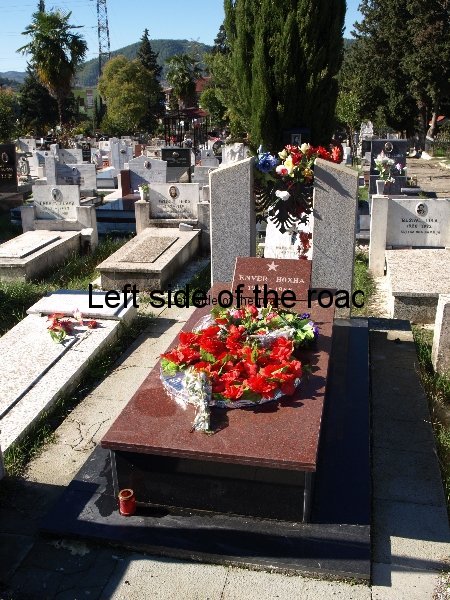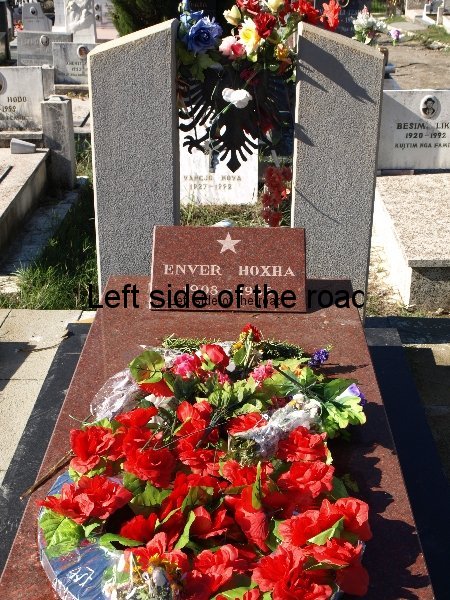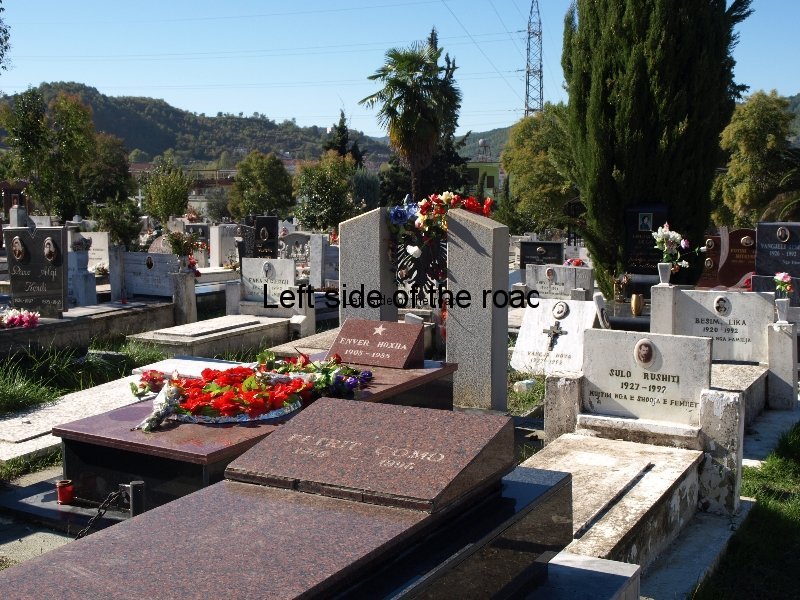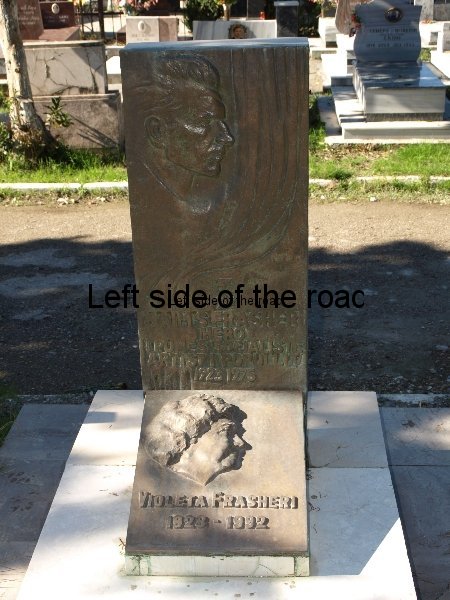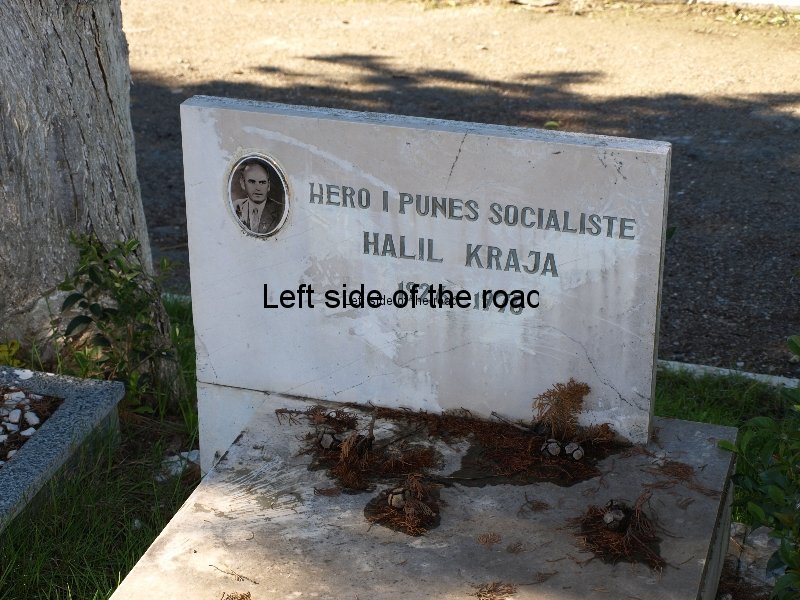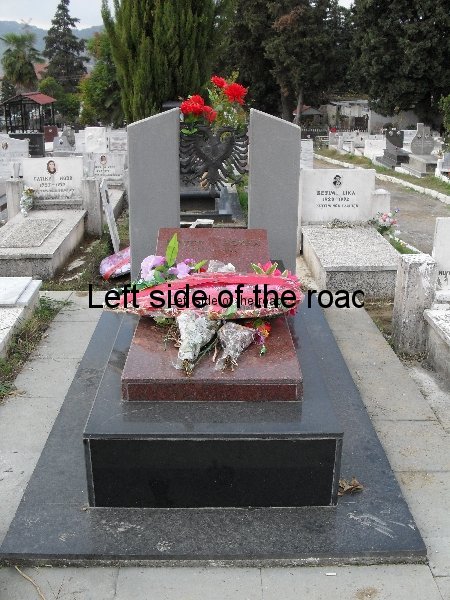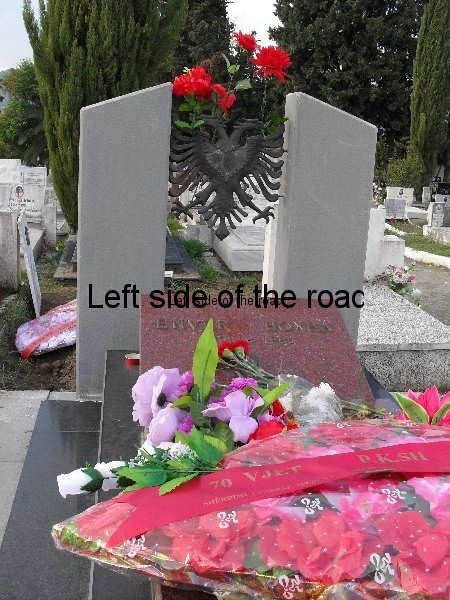Rinas – Nënë (Mother) Tereza – Tirana International Airport
Tirana International Airport is officially known as Nënë Tereza but is still referred to locally as Rinas, the name of the nearest village.
The airport is small and not particularly busy making the experience of arriving or departing from there not that unpleasant. Although very close to the city centre as airports go it’s worth bearing in mind that the traffic virtually grinds to a halt at certain times of the day (especially the miss-named morning and evening ‘rush hours’) so take that into consideration if you need to travel at those times.
On the other hand if you travel when it’s quiet you race through. Leaving my hotel, not far from Skënderbeu Square, I got into my taxi at 04.00 on the dot for an early morning flight and was in the departure lounge at 04.21, and that was after checking in luggage, going through security and passport control.
Finding consistency at security controls worldwide is an impossible task. The only requirement that was new to me at Rinas was the fact that my computer notebook not only had to be separate from the rest of my luggage but it had to be open. Why? I haven’t a clue – and that might have changed by the time anyone reading this goes through the process. However, it’s worth saying that Albanian immigration/customs have been some of the easiest and most straightforward I have come across in the last few years, this in all the possible means of entry, by road, sea or air. In comparison, try getting away from or into the UK at Liverpool, that’s something else.
There is no longer any entry tax.
There are a number of ATM’s, after clearing immigration and customs, situated in the Arrivals and Check-in Halls for Albanian currency.
There are no left luggage facilities at the airport.
Rinas is not a busy airport and will close after the last flight has departed/arrived, whichever is the later. If you want to avoid paying taxi prices then think of other ways of getting to or away from the airport in the night-time (or plan for a possible 3-4 hours out in the cold).
Getting to/from the airport and Tirana city centre.
Taxi: 07.00 – 21.00, €18, 2500 leke (€20, 2800 leke, outside these times)
Bus: Operated by LU-NA bus company. Departs on the hour, from both the centre of Tirana and the airport. Leaving Tirana from 07.00 – 23.00 and the airport from 08.00-24.00. In Tirana the bus leaves from behind the National Theatre of Opera and Ballet in Skanderbeu Square. Cost: 300 leke.
For more information, for arrivals/departures, airlines and general information about what’s on offer go to the official airport website (in English).







